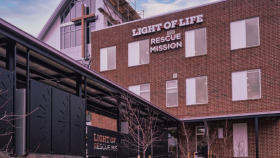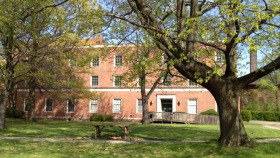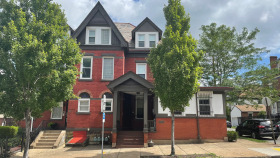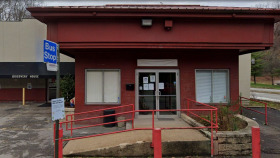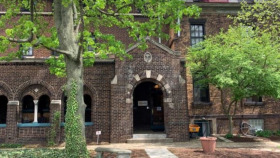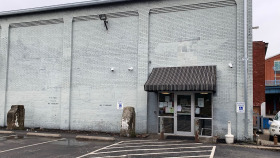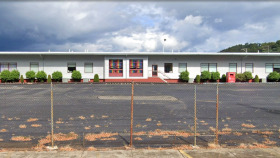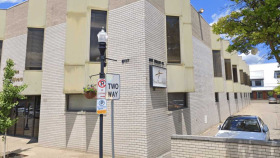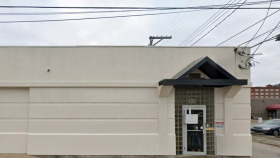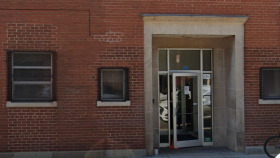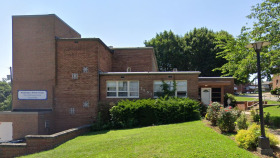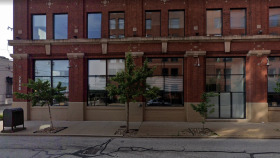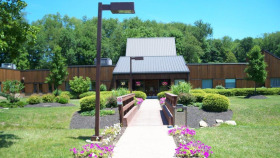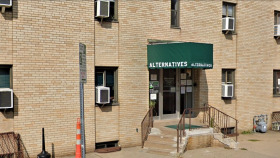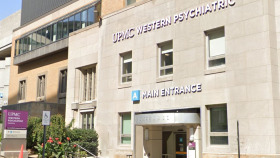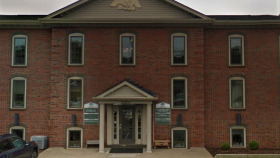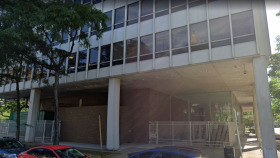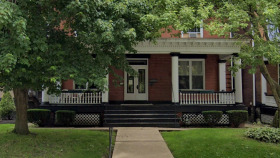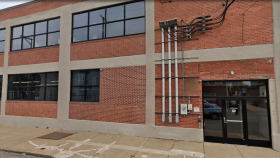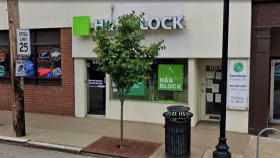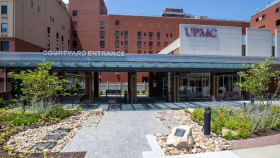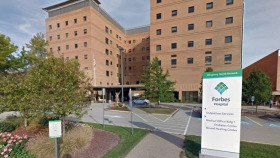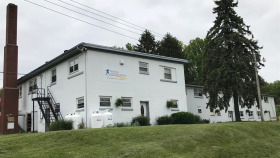Expert Insights
In Pittsburgh, Pennsylvania, a large group of state lawmakers and officials got together recently to discuss drug addiction, prevention efforts, and treatment in the state. Held via a virtual roundtable, the meeting was slated to give state representatives an opportunity to share personal stories and experiences, discuss what they’re doing right, what they’re doing wrong, and what they can do better in the future. And while we’re used to the left and right sides of the political aisle fighting like cats and dogs, lawmakers actually found some common ground during the virtual discussion. Many lawmakers revealed they had personally experienced a family member struggling with addiction, a few announced family members were in recovery, and several told heartbreaking stories of loss at the hands of drug addiction. It just goes to show that addiction truly does not discriminate, and everyone is impacted by substance abuse at this point in time.
~ Kerry Nenn
How Expensive is Drug Rehab in Pittsburgh?
The cost of alcohol or drug rehab in Pittsburgh depends on several variables, including:
The type of treatment setting you choose (inpatient generally costs more than outpatient)
The type of facility you select (luxury facilities cost more than standard ones)
Whether you have insurance and what your policy covers
The type of care you need—specialty services like dual-diagnosis treatment and medication-assisted treatment (MAT) may increase your costs
Whether a facility gets funding from the government or other sources (non-profit and state-funded rehabs tend to be more affordable than private ones)
According to the Substance Abuse and Mental Health Services Administration (SAMHSA), there are more than 65 facilities within the greater Pittsburgh area. Of those facilities, 52 take private insurance, and 59 accept Medicaid. Some non-profit and state-funded treatment centers in the area provide services at little to no cost for eligible individuals.
How Does Pittsburgh Compare in Alcohol and Drug Use?
Known as the Steel City for its 300 steel-based businesses and the City of Bridges for a world-record 446 bridges, Pittsburgh is home to over 302,000 residents, making it the second-largest city in the state of Pennsylvania. However, the city has seen a steady uptick in drug overdose deaths over the past few years. There were 719 overdose deaths in 2021, 689 in 2020, 564 in 2019, and 492 in 2018. If you or someone you love is struggling with addiction, getting professional treatment could be a lifesaver. There are more than 65 accredited alcohol and drug rehab centers in Pittsburgh and the surrounding area.
Pittsburgh is located in Allegheny County, Pennsylvania, which has one of the highest drug-related overdose deaths in the state. Other notable drug and alcohol use statistics for Pittsburgh and Allegheny County include:
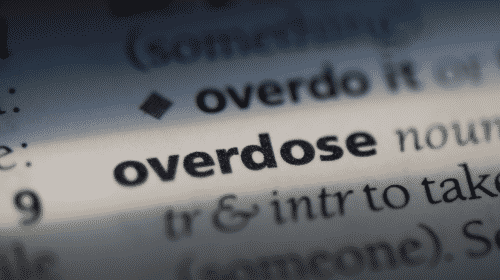
From 2019 to 2020, Allegheny County saw a 44% increase in opioid-related overdose deaths.

From 2015 to 2016, 35% of Allegheny County residents reported monthly binge drinking.
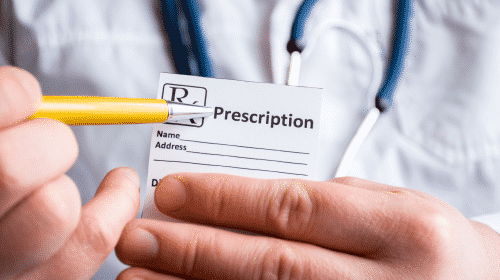
Between 2015 and 2016, 9% of Allegheny County residents reported abusing prescription painkillers.

Between 2015 and 2016, approximately 15% of all Allegheny County adults reported using cocaine at some point.
Alcohol and Drug Laws in Pittsburgh
Pennsylvania Good Samaritan Immunity Law: In Pittsburgh, the Good Samaritan Law provides limited legal immunity to persons who seek medical attention or administer naloxone to someone experiencing a drug-related overdose. This law aims to encourage more people to call 911 during a suspected overdose by providing immunity from arrest or prosecution to persons who possess small amounts of controlled substances. To receive protection under this law, a person must be acting in good faith.
Pennsylvania Naloxone Standing Order: Pennsylvania’s Naloxone Standing Order, also known as Senate Bill 1164, allows friends or family members of persons who may be at risk for an overdose to obtain a naloxone prescription. This law also allows such persons to administer naloxone to someone who is overdosing and protects the administering individual from prosecution.
Pennsylvania Family Leave and Medical Act: In Pennsylvania, employees who work for an employer with at least 50 staff members can take up to 12 weeks of leave for treatment for a serious health condition that prevents them from performing the duties of their job. This includes care for alcohol and/or drug addiction. Under this law, employers do not have to offer paid leave, but they must provide employees with their original or an equivalent position when they return from leave.
Resources
- Overdose Free PA. (n.d.). Death Data Overview.
- Allegheny County Department of Human Services. (2021). Accidental Overdose Deaths in Allegheny County, January 2016-June 2020.
- Substance Abuse and Mental Health Services Administration. (2022). Treatment Locator Map.
- Department of Health and Human Services, Centers for Medicare & Medicaid Services. (2016). Medicare Coverage of Substance Abuse Services.
- Disability Rights Pennsylvania. (n.d.). Family Leave and Medical Act.


